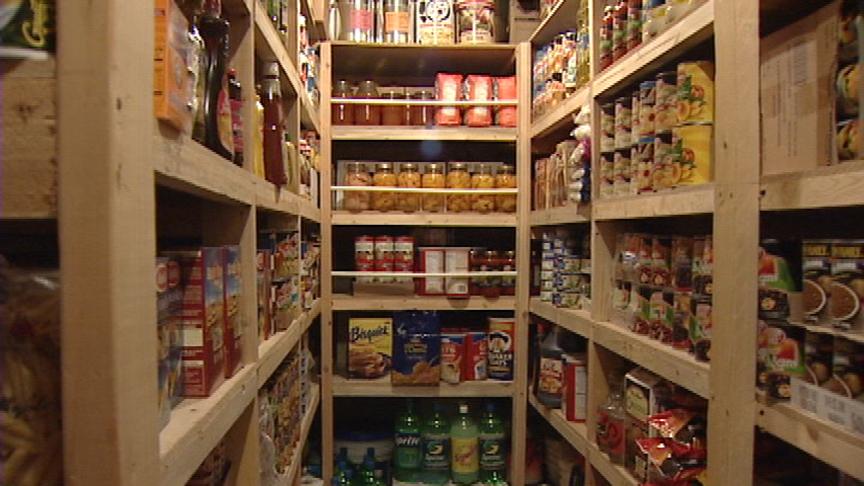5 Food storage enemies and how to protect your preps from them
03/11/2021 / By Virgilio Marin

Ensuring you have enough food when disaster strikes is relatively easy compared to storing food. After all, you simply need to go to the grocery and haul your supplies back home. But when it comes to storing food, you have a greater challenge ahead. Food is susceptible to rot and damage, and without proper storage, you risk having your stockpile go to waste. Learn how to protect your preps from these five food storage enemies: (h/t to AYearWithoutGroceries.com)
1. Pests
Pests like rodents and bugs are a perennial scourge that has haunted man since time immemorial. These creatures may be small, but they sure can ruin food and spread diseases. The filthy flies, for example, feed on animal carcass and fecal matter. If they so much as lay a foot on your food, they can transmit pathogens that can cause diarrhea, food poisoning and anthrax, among other things.
How you can protect your preps depends on the pest you’re facing. For vermins, set up mouse traps and get a cat – these animals are effective rodent killers. For insects, put foods like wheat, rice and other unsealed foods in the freezer for three days to kill any larvae. Afterward, store these foods along with the rest of your stockpile in a sealed bucket.
2. Oxygen
Oxygen may be essential to life but it’s bad for food. It speeds up spoilage by encouraging the growth of germs and causing browning. If you let foods like fruits sit out in the open air, it will turn brown through a process called oxidation.
Avoid this by using oxygen absorbers. These are small sachets that remove oxygen out of a sealed package, effectively extending shelf life and preventing the growth of molds. Use these only for food items that are low in moisture and oil content.
3. High temperatures
While cool temperatures are not a problem for food storage, high temperatures make food go bad easily. Maintain the following temperatures in your storage areas:
- Cupboard: 50 to 70 degrees
- Refrigerator: 34 to 40 degrees
- Freezer: zero degrees or below
Storing food can be extra challenging in the summer. Follow the tips below to protect your preps from the summer heat:
- Store cold food like raw meat at 40 degrees or below. If the power goes out and you can’t use a refrigerator, use a cooler with ice or frozen gel packs and limit the number of times you open the cooler.
- Put beverages and perishable foods in separate coolers.
- Keep meat in freezer wraps to keep their juices from contaminating other foods.
- Rinse fresh fruits and vegetables with water before packing and eating.
4. Moisture
Moisture contributes to food oxidation and the growth of microorganisms. The molding of foods and the caking and lumping of dry products like powders and cake mixes usually result from excessive moisture.
Be sure to store your food in a cool, dry place and opt for airtight containers to keep moisture out of food. Consider using silica gel packets as these are excellent at absorbing moisture. If these are not available, use salt and sugar. They’re not as effective as silica gel packets but they get the job done.
5. Time
No matter how much preparation you’ve done, food will eventually reach its expiration date. Sure, aged wine tastes better and foods like pasta and sugar last virtually forever. But most of the foods your body needs are not as good at withstanding the test of time.
An easy fix is to rotate your preps. If you’ve stockpiled a year’s worth of food supplies, start consuming them once you’ve gone several months.
Food storage is an important part of prepping that’s unfortunately mired with a lot of challenges. But once you’ve acquainted yourself with these food storage enemies, you’ll get a better idea of how to protect your preps.
Sources include:
Tagged Under: disaster, emergency food, Food storage, food storage tips, food supply, how-to, pests, preparedness, prepper, prepping, Stockpile, survival, survival food, survivalist
RECENT NEWS & ARTICLES
Homesteading.News is a fact-based public education website published by Homesteading News Features, LLC.
All content copyright © 2018 by Homesteading News Features, LLC.
Contact Us with Tips or Corrections
All trademarks, registered trademarks and servicemarks mentioned on this site are the property of their respective owners.





















